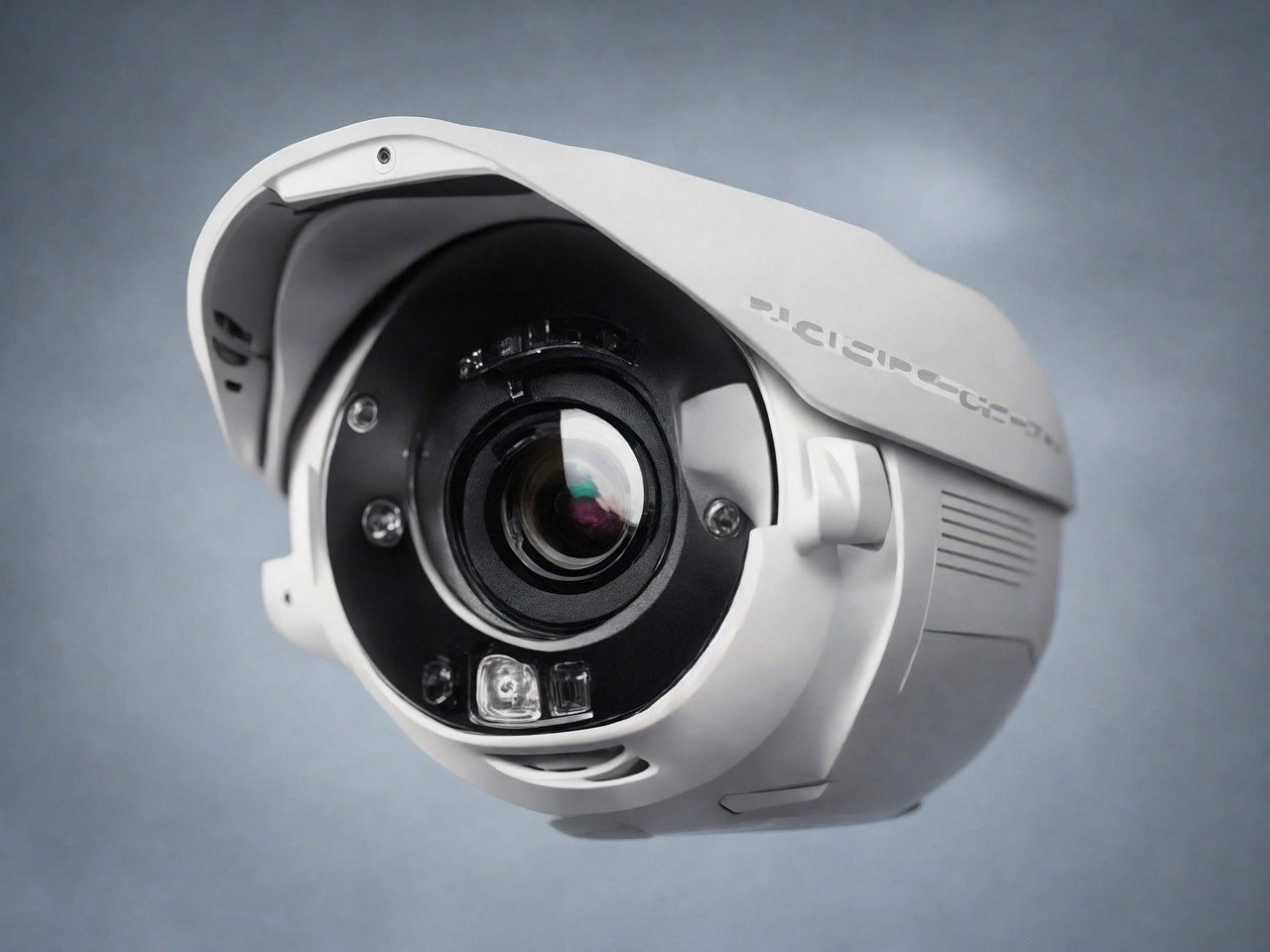
The security industry has always been quick to adopt the latest technologies. This trend is amply demonstrated by the speed at which AI has been integrated into surveillance cameras. Of course, for any new technology to thrive, there has to be a demand for it.
A recent report by MarketsandMarkets has certainly demonstrated that the demand for AI cameras exists and is expected to grow at pace. The global market, valued at USD 7.6 billion in 2023, is anticipated to soar to a staggering USD 22.1 billion by 2028, growing at an impressive CAGR of 23.9% between 2023 and 2028.
Let’s examine what is fueling the boom in AI cameras and the technology that enables them.
Factors Driving the AI Camera Boom
AI is frequently described as transformative and equally often it is called disruptive. While there are definite pros and cons to the technology, the fact remains that the demand is there for it. This is evidenced by the expected increase in demand for AI-powered surveillance systems.
But why are industries and organisations rushing to embrace this technology? There is no single answer to this question. Instead, several main factors are underpinning the rise of AI cameras:
- Cost efficiency: The decreasing costs of AI technology make it more accessible and appealing to a broader range of industries.
- Public demand: An increasing public demand for enhanced security measures, especially with AI integration in CCTV systems, drives adoption.
- Healthcare transformation: The digital shift in healthcare sees AI cameras playing pivotal roles in patient care, monitoring, and telemedicine.
- Advanced surveillance solutions: The potential of AI technology to improve surveillance system effectiveness, offering advanced threat detection and real-time alerts.
- Data utilisation: The ability of AI cameras to generate vast amounts of data is an increasingly important factor in the age of big data.
The driving factors could be summarised as cost, efficiency, and practicality. However, there are challenges and concerns to address if we want to access these benefits without falling into the realm of “Big Brother”. We will look at the challenges in more detail later in the article.
The Technology Behind AI Cameras
Firstly, we have to discuss the cameras themselves. The hardware has moved on so far in a few short years that modern HD footage is far removed from the grainy images that many of us still associate with surveillance cameras.
But that is only part of the story, these cameras are merely cameras with no bells or whistles apart from the improved imaging technology. It is the rise of AI tech that has really changed the game.
Among the core components of AI-powered surveillance cameras are:
- Advanced image sensors: Capture clear, precise footage, even in low-light conditions.
- High-performance processors: Power real-time AI processing for instant threat detection and alerts.
- Machine learning modules: Enable the camera to refine its algorithms over time, improving detection capabilities.
- Connectivity modules: Ensure seamless data transmission to centralised systems or cloud platforms.
- Embedded AI algorithms: Facilitate facial recognition, object detection, and behavioural analysis.
- Storage solutions: Onboard storage for scenarios where real-time data transmission isn’t feasible.
Ultimately it is the versatility of AI and the simultaneous adoption of companion technologies like cloud computing and the Internet of Things that have combined to enable the rise of AI-powered business CCTV systems.
Use Cases and Benefits
The growth of AI cameras wouldn’t happen if they didn’t fulfil a requirement. We mentioned some of the driving factors earlier but these would be meaningless if the product didn’t bring benefits to the table, and be versatile enough to be useful to various sectors.
It is impossible to draft a list of all use cases, but a few notable ones are listed below:
- Retail: AI cameras can analyse customer behaviour, track footfall, and even identify shoplifting activities in real-time.
- Healthcare: In hospitals and care homes, these cameras monitor patient movements, ensuring their safety.
- Traffic management: In bustling cities, AI cameras assist in traffic flow analysis, identifying bottlenecks and aiding in efficient traffic management.
- Event security: At large events, these cameras can detect suspicious activities, manage crowd flow, and even identify lost children or individuals.
- Smart homes: Homeowners benefit from AI cameras that detect break-ins, recognise family members, and even identify if certain appliances have been left on unintentionally.
Whilst there are undoubted benefits to AI cameras, there are definitely concerns about the technology and how we use it.
Challenges and Considerations of AI Cameras
While AI cameras offer numerous benefits, they also come with their set of challenges:
- Privacy concerns: The potential for misuse in surveillance, leading to invasions of personal privacy.
- Data security: Protecting the vast amounts of data generated from potential breaches.
- Ethical dilemmas: The use of facial recognition and potential biases in AI algorithms.
- Regulatory hurdles: Navigating the evolving landscape of regulations and standards related to AI and surveillance.
- Infrastructure: The need for a robust infrastructure to manage and analyse the data generated.
These are valid concerns and will need to be addressed if AI cameras are to be used ethically and responsibly.
Seeing Into the Future: The Rise of AI Cameras
The rise of AI is not just restricted to cameras, it is becoming prevalent across many walks of life, it is even being used to make farm machinery safer. While the benefits of the technology are plain for all to see and its use in cameras is going to make our streets, workplaces, and homes safer – we need to make sure that their use is responsible and ethical.
However, the figures speak for themselves and there is no doubt that the use of AI surveillance is here for the long term. The benefits they bring are too numerous to ignore and we can reap them safely if we take care to address the concerns surrounding them.






